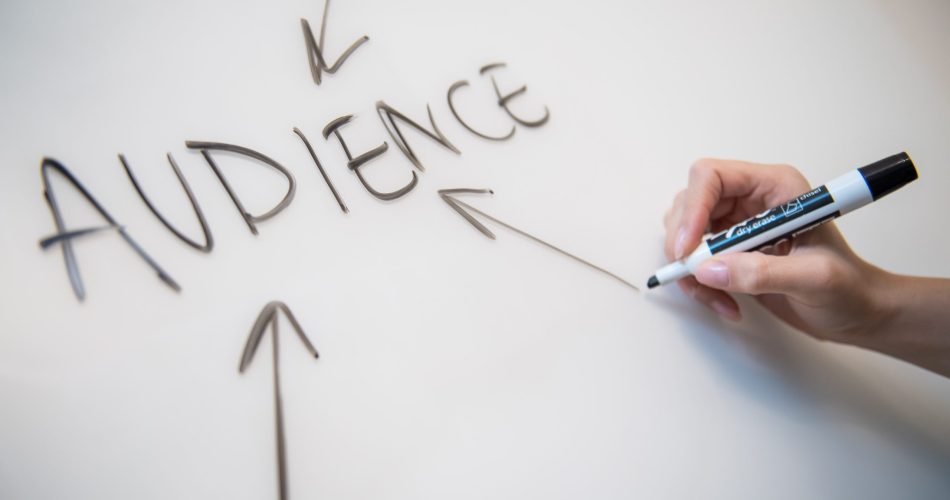Indexing photos is sluggish, which can have a severe impact for image-heavy sites that often change their images. Google indexes photos slowly, which might be an issue if you’re making large modifications to hundreds of images.
Many of the suggested remedies would have little effect, and the only thing that would help in having fresh photos indexed is a quick server response.
For Months, Updated Images Have Not Been Indexed
The individual who asked the question used the example of upgrading 50,000 recipe photos and how what followed subsequently had a negative influence on the recipe site.
“If you have a large number of recipes indexed in the recipe gallery and alter the format of your photos, once the information is refreshed, 50,000 of the recipes may receive new metadata.” However, there is a postponement procedure for receiving the fresh photos. It might take months for those fresh photographs to be picked up.”
He then explained that when you test in Search Console, it says that there is no problem since it sees the photos when it searches for them. However, this does not imply that the newly updated picture is indexed, which it is not.
As a result, the search console creates a false sense of security that everything is alright.
He commented on how the search console fails to disclose that the photographs have not yet been indexed.
“And you don’t see anything when they’re being harvested,” he explained. There is no forewarning…. What this implies is that if you make any alterations or tweaks to marginally enhance the formatting of your picture URL, you will vanish.”
Google Re-Indexes Images Slowly
What is most likely happening there is general picture crawling and indexing, which is far slower than standard web page crawling and indexing.
And if you delete one image URL and replace it on a website, it takes a long time for the new image URL to be picked up.
That is most likely what you are seeing.
Old Images Should Be Redirected
We recommend redirecting old image URLs to the new image URLs.
In such a circumstance, we propose redirecting your old URLs to the new ones, as well as the images.
So, if you have an image URL with the file size connected to it, for example, that URL should redirect to a new one. In such scenario, they may keep the old one in place and simply follow the redirect to the new one.
Image Sitemaps Will Not Accelerate Image Indexing
You may ask if an image site map would help Google Photos index new images faster?
We don’t believe so.
“I believe it will assist us in determining which ones we need to get.
However, we must re-crawl the site page.
And the picture would only be removed if we re-crawled the web page with a fresh image URL attached.
So, it’s… That, I don’t believe, would be sped up.
If you’re recording the steady condition, it’ll be more valuable.
Then the sitemap file with the picture URLs would come in handy.
However, if you make a modification by altering all of the picture URLs, I don’t believe the sitemap file would change anything.” – John Mueller
Google’s Search Central Picture Map material makes few assertions regarding the utility of image sitemaps.
The only thing it mentions about site maps is that they can assist Google in discovering photographs that are hidden from Google due to technical reasons.
From Google’s Image Sitemap Help page:
“Add images to an existing sitemap or create a separate sitemap just for your images. Adding images to a sitemap helps Google discover images that we might not otherwise find (such as images your site reaches with JavaScript code).”
A Fast Server Response is Beneficial for Indexing According to Mueller, a fast server response is beneficial for indexing.
He stated:
“Of course, if it’s faster, it’s simpler for us to request a large number of URLs.”
Otherwise, we become bogged down because we send… fifty Googlebot to your site at once and we have to wait for replies before we can move on.”
Updating Thousands of Images Can Be Dangerous
The main message is that upgrading pictures might result in a drop off in Google for the old images with no replacement since Google may take months to index the new sites.
To assist speed up the indexing, John Mueller suggests a quick server response and employing redirection from the old image URLs to the new image URLs.
